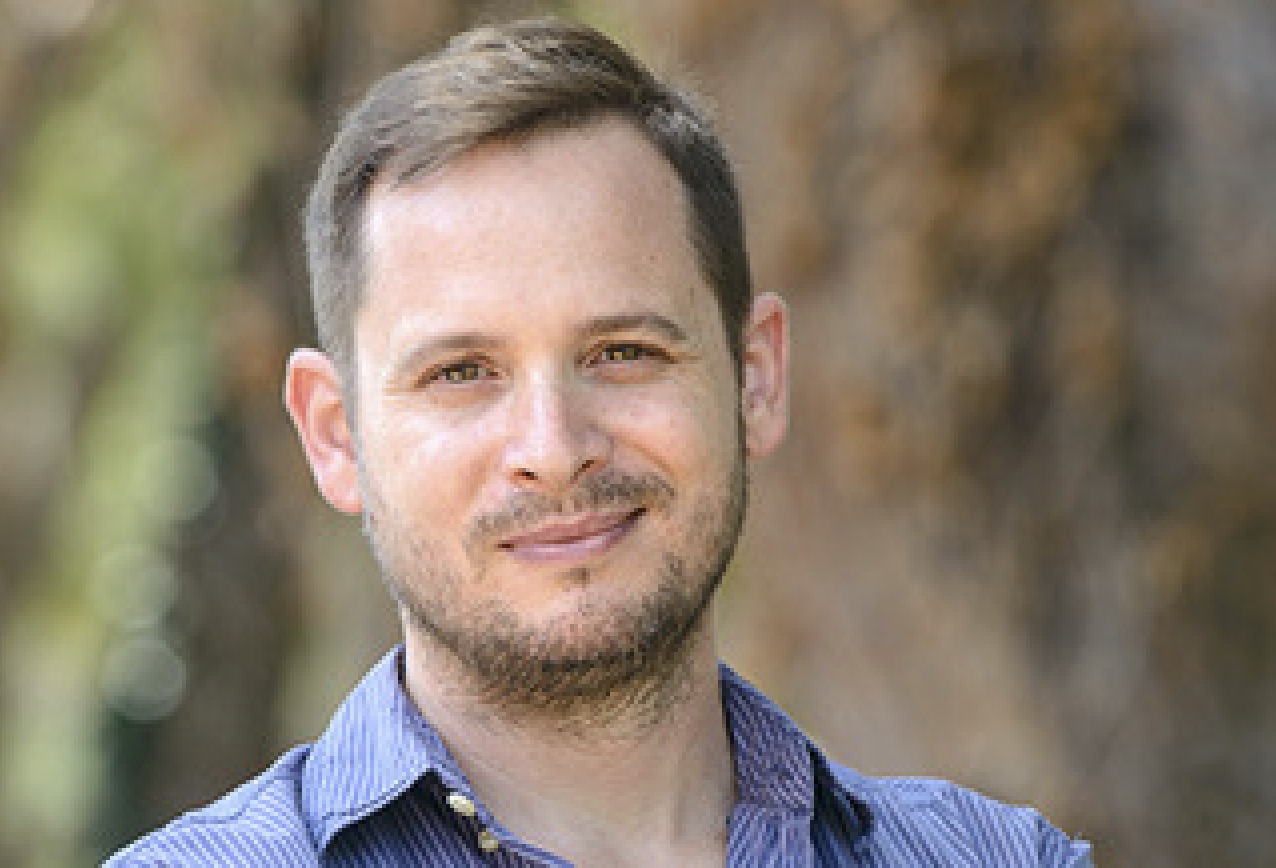Haim Beidenkopf: Interactions and topology in a hybrid transition metal dichalcogenide

Abstract:
A small change in the crystal structure of a material can completely modify its electronic properties. This is the case in the transition metal dichalcogenide TaS2 where a slight rotation of the sulphur atoms from the trigonal prismatic 1H structure to the octahedral 1T varies it from a superconductor to a Mott insulator possibly hosting a spin liquid state. We have studied 4Hb-TaS2 that interleaves the 1T and 1H polytypes. This has allowed us to investigate using scanning tunneling spectroscopy both the nature of the resulting superconductor as well as the fate of a Mott insulator when coupled to a metal. We find a topological nodal superconductor manifested by a variety of boundary modes. Instead of a Mott insulating state we find a sharp first order quantum phase transition between a flat band and a Kondo cluster states. It is induced by the combination of electric field and temperature as well as by tuning the inter-layer coupling with the STM tip. The 4Hb-Tas2 system thus provides an exciting platform to study the evolution of the evolution of Kondo lattice out of isolated Kondo impurities via an intermediate correlated Kondo cluster state and its coupling to superconductivity.
Biography:
Haim Beidenkopf did his PhD at the Weizmann Institute of Science as an Adams Fellow awarded by the Israeli National Academy of Sciences and Humanities. He then did his postdoc in Ali Yazdani’s group as a Dicke fellow where he studied topological insulators using scanning tunnelling microscopy. He joined the Weizmann Institute of Science as a researcher at the condensed matter physics department in 2012. His lab studies topological and correlated states of matter using combined scanning tunnelling microscopy with MBE material growth. He was elected member of the young Israel academy since 2018 and during the last year he chaired it. During 2022-2023 he is on sabbatical at UCSB’s quantum foundry.